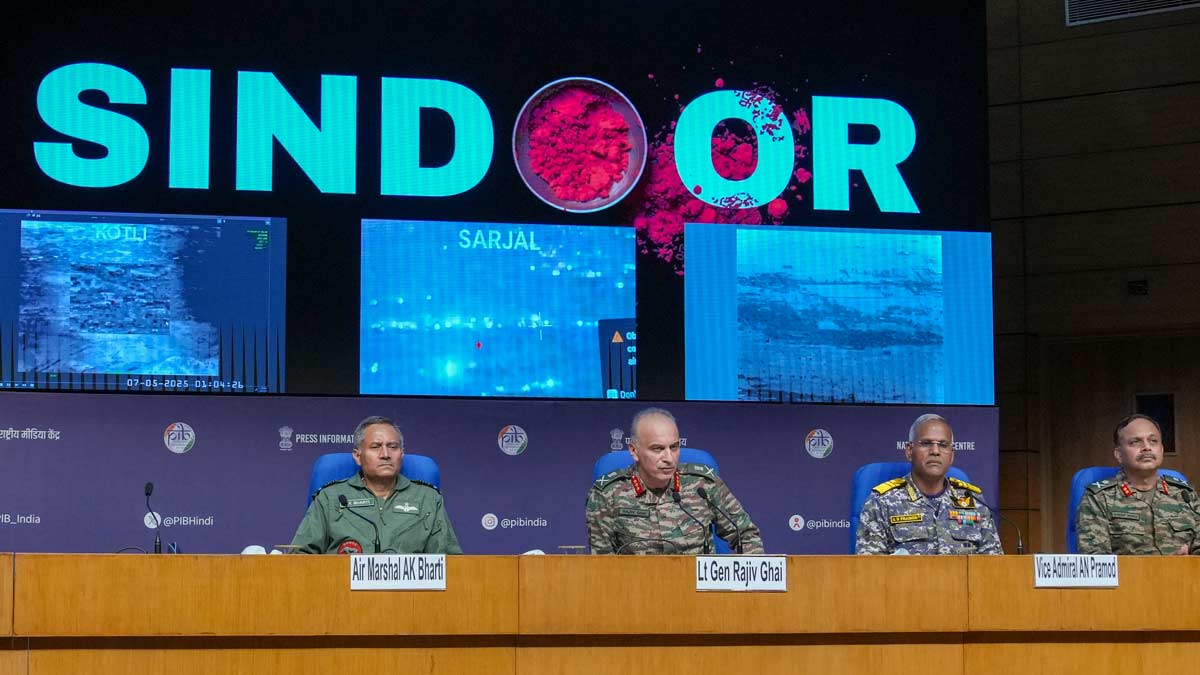What is Union War Book 2010? Top secret manual that guided India amid conflict with Pakistan
 irector General of Military Operations (DGMO) Lt General Rajiv Ghai with Air Marshal AK Bharti, Vice Admiral AN Pramod and Major General SS Sharda during a press conference on 'Operation Sindoor', in New Delhi | PTI
irector General of Military Operations (DGMO) Lt General Rajiv Ghai with Air Marshal AK Bharti, Vice Admiral AN Pramod and Major General SS Sharda during a press conference on 'Operation Sindoor', in New Delhi | PTI
As India gave Pakistan a befitting response to the Pahalgam terror attack via airstrikes, it was a 200-page, blue-coloured, limited-edition government manual that helped the ministries and departments manage wartime chores and functions. After the ceasefire brings calm back to the border, the focus has shifted to this top-secret go-to guide.
Titled Union War Book 2010, the manual is secretly stashed at the offices of every state and key ministries at the centre. The book itself is so secretive that very few are privy to its whereabouts, including the officials of the defence and home ministry who helped to prepare it in 2010. The book is updated every 15 years by the cabinet secretariat officials, but even they are ignorant about who the rightful keepers of the book are, according to Hindustan Times.
The Union War Book is not a novel concept devised in post-independence India. Born during the British era, India finalised the current version in 2010 after the aftermath of the 26/11 Mumbai terror attack. As per reports, it was then that Union Home Secretary G K Pillai who compiled the 2010 edition.
The confidential document tells which agency is responsible for what in case of war and sets the guidelines in this regard. It was amended in view of the changing times recently, too. In the situation of a war, the entire government machinery, armed forces, railways, civil aviation, shipping, transport, health and all other departments become active. It is on the basis of the book that the armed forces prepare their strategy and carry out planning.
On the basis of the Union War Book, some states have also made State War Books. The armed forces prepare their strategy and do their planning as per the book. There are also guidelines to carry out mobilisations, if needed, to tackle misinformation. "It tells these key officers what each one of them should do in case of a war. So there is no confusion at all and everybody has a clear idea of what protocol to follow,"’ Hindustan Times quoted a key bureaucrat.
The book also has a protocol to ensure the safety of important infrastructure like the financial system and communication network. It has provisions on how to normalise the situation in public places and activate civil defence, when shelter is needed and how to do it. There are also details about the distribution of rations, fuel and medicines.
India